Imagine being able to control and monitor your lights, heating and air conditioning, and even your appliances, without even being in your home. Sounds futuristic, but home automation – technologies that can automatically or remotely control your home’s systems through your mobile devices, laptops, or tablets – is a growing industry. Not only do these smart features provide peace of mind, but some of them also work towards saving energy and reducing the cost of your electricity bill.
Lorne Hedges, Marketing Manager, Retail at Schneider Electric, offered some insight on why homeowners should consider making the switch: “In some areas, time of use energy pricing is fully deregulated. You end up paying whatever the going rate is on the energy market. As we move away from that environment, of pre-set, regulated pricing, to a non-regulated, market-priced environment, where prices can change, up or down, every few minutes, it makes more sense for homeowners to embrace energy management so when they’re not present in the home, they have a system that regulates energy usage.”
Implementing automated devices in your home is an individual preference. It’s important to take a look at your needs, assess what functionality features you want in a system, and think about how you’d like to interact with that system going forward (for instance, can you start with just one product and add more later?).
Below are six home automation products that homeowners, and even renters, should consider in order to live a greener lifestyle.
1. Learning Thermostats
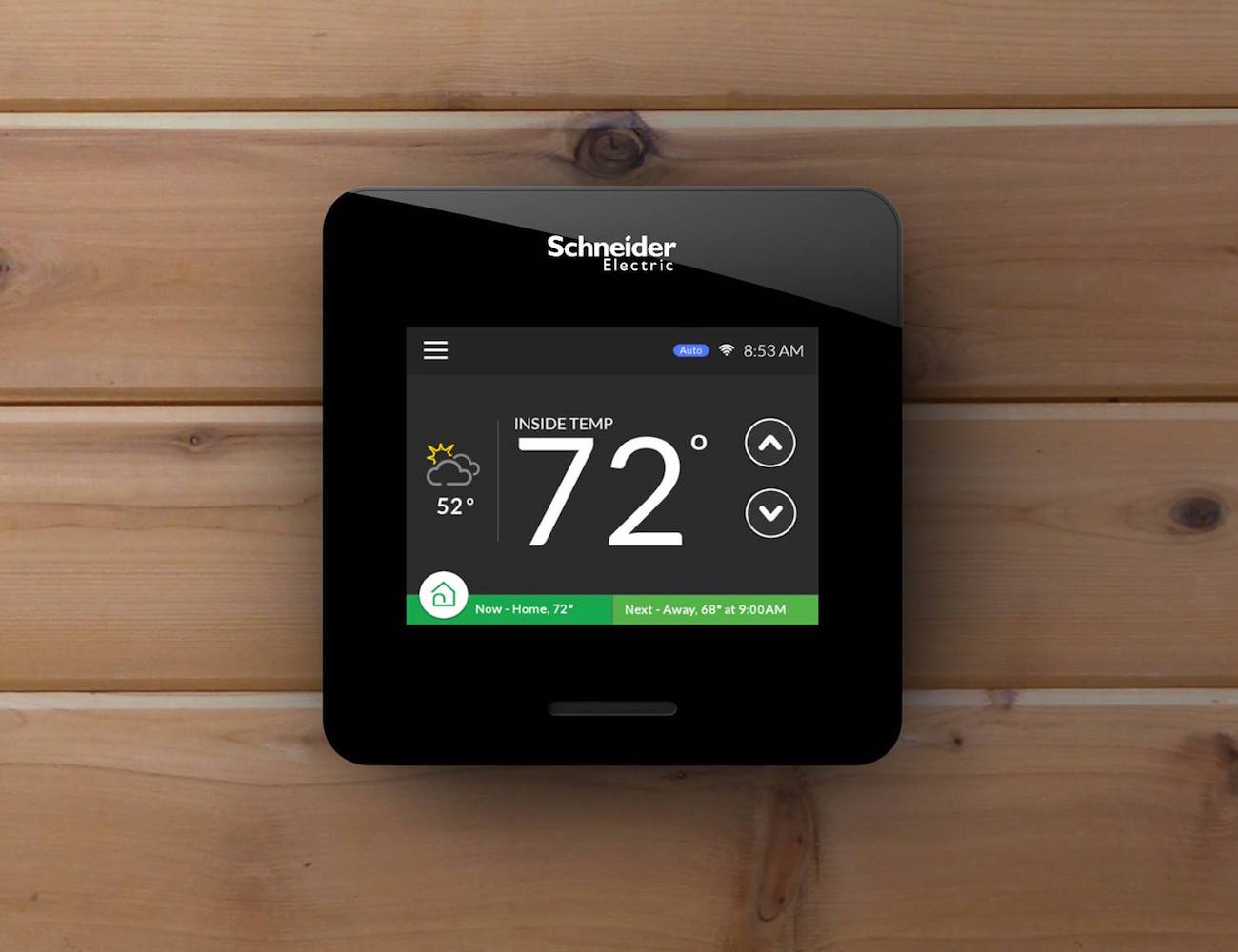
Learning thermostats, like Schneider Electric’s Wiser Air®, are one of the most common products in homes. They are programmed to learn your habits, and automatically adjust the temperature according to your daily routines. This is an extremely helpful feature, especially because the cost to heat or cool your home can vary based on where you live.
“Learning thermostats are definitely the biggest bang for your buck,” says Hedges. “Given some of the energy savings associated with this product, which is in the 10-20 per cent range, the device may be paying for itself in two to three years, depending on your energy bill.”
2. Smart Plugs
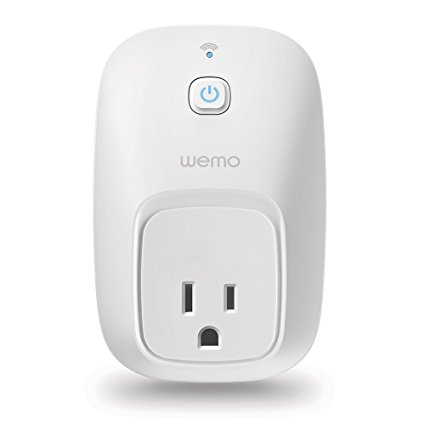
Automated lighting systems are a great addition to your home. While rigging lighting system throughout your entire home can be expensive, these plugs, such as the Belkin WeMo® Switch Smart Plug, are a cost-effective way to get started on energy savings. Smart plugs save energy by automatically supplying or resting power to whatever devices are plugged into them based on a pre-determined schedule.
They also provide a fun little feature to reduce the “phantom charge” that some electrical outlets or power bars hold, even when your device is turned off. Using a wireless connection, you can control your lights and appliances straight from your smartphone, so you won’t need to worry if you forget to turn a light off before you leave the house. For added security, these plugs can be programmed to switch your lights on and off at random intervals to give the illusion that you are home, even if you are away.
3. Smart Switches
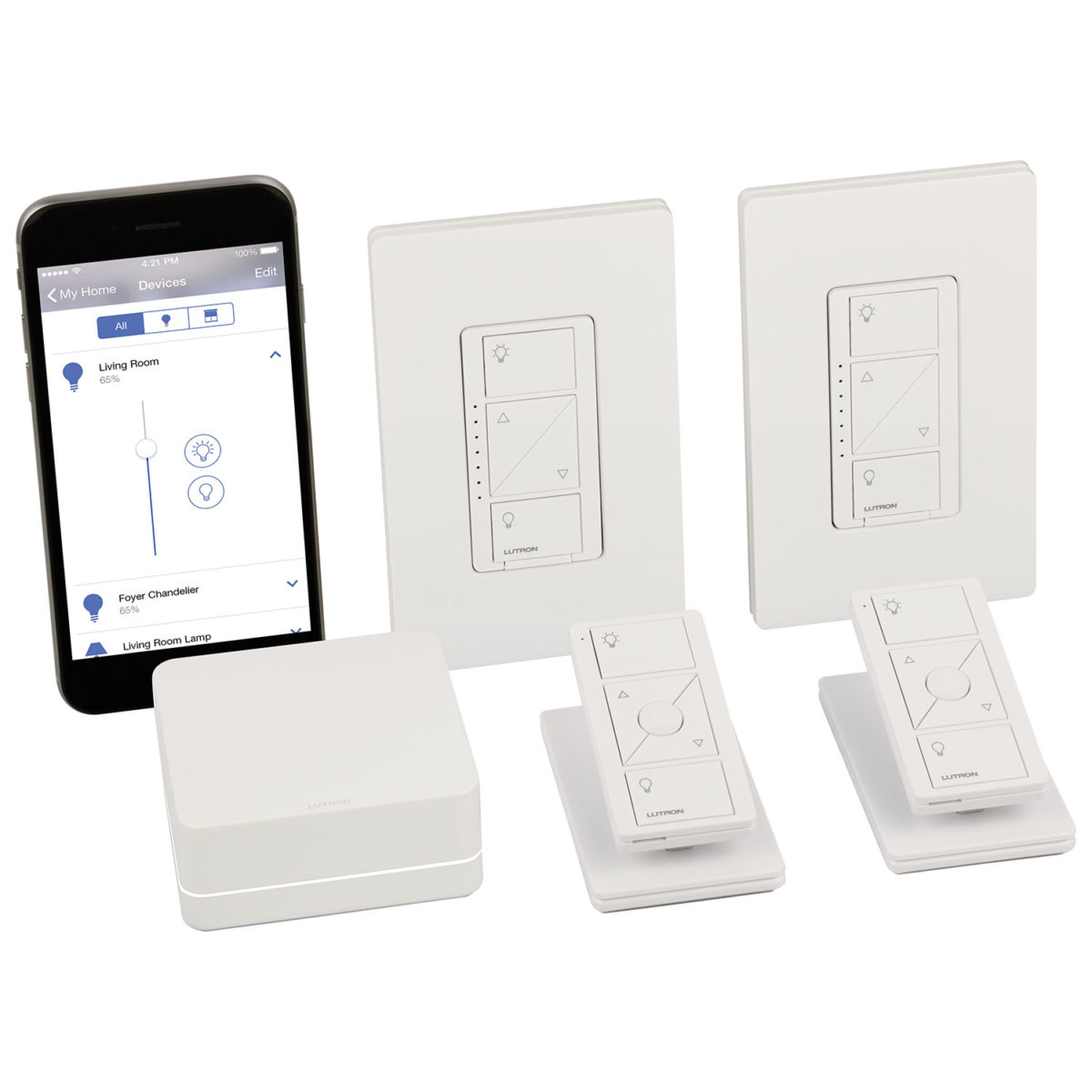
Similar to the above, smart switches are another way to control your lighting throughout your home. Costs for these products can get expensive, but the Lutron Caséta In-Wall Wireless Smart Lighting Kit has gotten some rave reviews, as it is also compatible with many other smart devices and home automation systems. This is a nice perk, because many automations run using different programs – they are not all connected on one cohesive platform. Coupled with switching your light bulbs to more energy efficient options, such as LEDs, you will notice a significant difference in your electrical bill. Plus, the dimmers allow you to control the brightness in each room.
4. Automated Shades
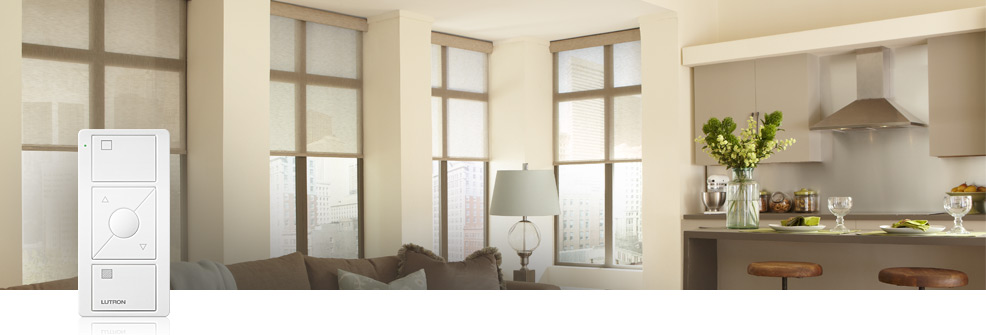
Automated shades, or smart shades/blinds, while not incredibly common in North America, do present an eco-friendly option and have great potential on energy savings. As Hedges notes, “I’ve seen more evidence of automated shades in Europe. But, when you start to put that system in place, and can automate the amount of heat coming in through your window, it may have an opportunity to increase your energy savings more than using a learning thermostat alone.”
Lutron Serena Remote Controlled Shades are at a higher price point than other automated shades on the market, but offer more adaptability and compatibility with other devices, such as syncing with Nest. As windows can lose and retain heat in the winter and summer months, automated shades are definitely worth considering. You can set schedules to draw light in, or close the blinds, as you go about your day.
5. Smart Vents
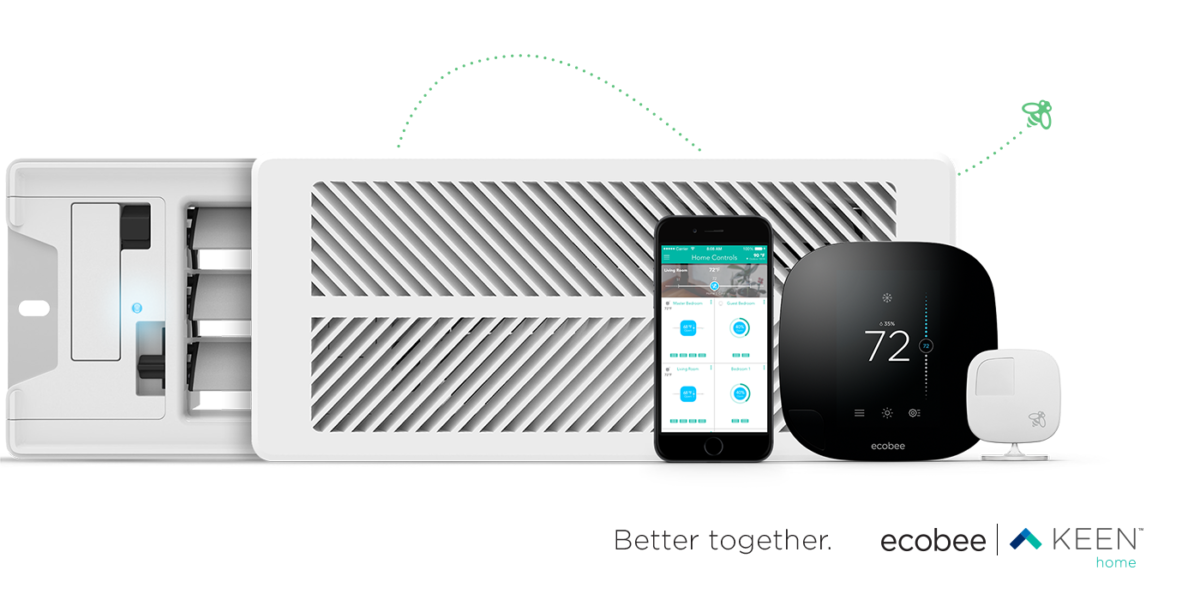
Another new product on the market, smart vents, can be automated to help conserve energy in your home by regulating the temperature in each room. Keen Home has released their version of a smart vent (there is a wait list), which can be paired with Nest, Ecobee, Iris by Lowe’s, and SmartThings. It works the same way as most automated devices, and claims to be able to reduce energy usage and costs by 30 per cent.
6. Swimming Pool Automation Systems
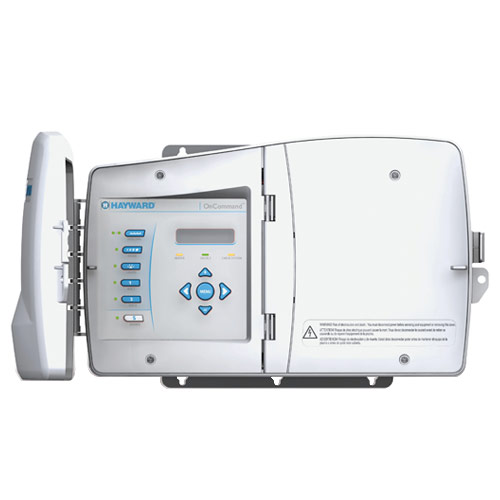
For homeowners with this backyard addition, there is often a price tag that comes with maintaining a pool during each season. If you are on a budget, Hayward’s Entry-Level OnCommand® system allows you to control your pump, filters, set a cleaning schedule, all remotely.
Regardless of which automated system you choose, a key take-away is to do your research and talk to manufacturers about the expandability of the products and services they offer. It’s true that some of these options require more of a financial investment, but you can start slow. Not only would you save money in the long run, but as Hedges explains, you’d also play a part in “lowering greenhouse gas emissions, and reducing the need for utility companies to create new generating stations and new electrical distribution power lines, which are costly.”
So, are you ready to embrace a greener home? Why not search HomeStars to find a contractor who is knowledgeable in setting up home automation systems!